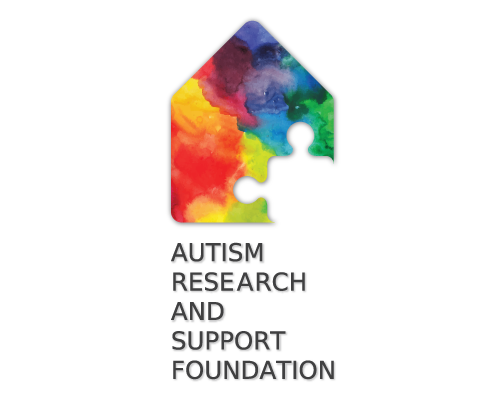Research
-
FDA Approved Potential Autism Drug
In January 2018 US Food and Drug Administration (FDA) has granted a designation to Swiss drug maker Roche for the development of Balovaptan, a medication with the potential to improve “core social interaction and communication” of persons with Autism Spectrum Disorders. Results from a clinical trial in adults with autism, released in 2017, indicate that Balovaptan was successful in helping mediate challenging social behaviors and was safe and well tolerated. There are only two drugs – Risperidone and Aripiprazole – with FDA approval to treat irritability related to autism, and no drugs currently approved to address core symptoms of the condition.
Source:
https://www.disabilityscoop.com/2018/01/30/fda-breakthrough-autism-drug/24649/
-
P-Cresol Can Participate in the Development of ASD
Several studies have described in autistic patients an overgrowth of unusual gut bacterial strains, which by fermentation of protein in the human large intestine are able to produce p-Cresol (para-Cresol), an organic compound, a derivative of phenol. Investigations show that urinary p-Cresol is much higher in patients with ASD, compared to healthy subjects. Concentrations of the bacterial metabolite p-cresol in the urine of children can be easily determined with fluorescence detection using High-Performance Liquid Chromatograph (HPLC). Children with epilepsy and autistic spectrum disorders show similarly high levels of urinary p-cresol. Therefore, p-Cresol can participate in the development of ASD and may worsen autism severity and gut dysfunction, often present in autistic children. P-Cresol may contribute to a multibiomarker diagnostic panel useful in small autistic children.
Some references:
- L. Altieri, et al, Biomarkers, 16 (2011) 252. doi: 10.3109/1354750X.2010.548010
- S. Gabriele, et al, Autism Res., 9 (2016) 752. doi: 10.1002/aur.1571
- A. M. Persico and V. Napolioni, Neurotox. Teratol., 36 (2013) 82. doi: 10.1016/j.ntt.2012.09.002
- G. Tevzadze, L. Shanshiashvili and D. Mikeladze, J. Bio. Phys. Chem. 17 (2017) 77. doi: 10.4024/05TE17A.jbpc.17.02
 En
En Geo
Geo